Why Do Plants Turn Yellow? 11 Reasons & Fixes
-
Visnja Radosavljevic
- Last updated:
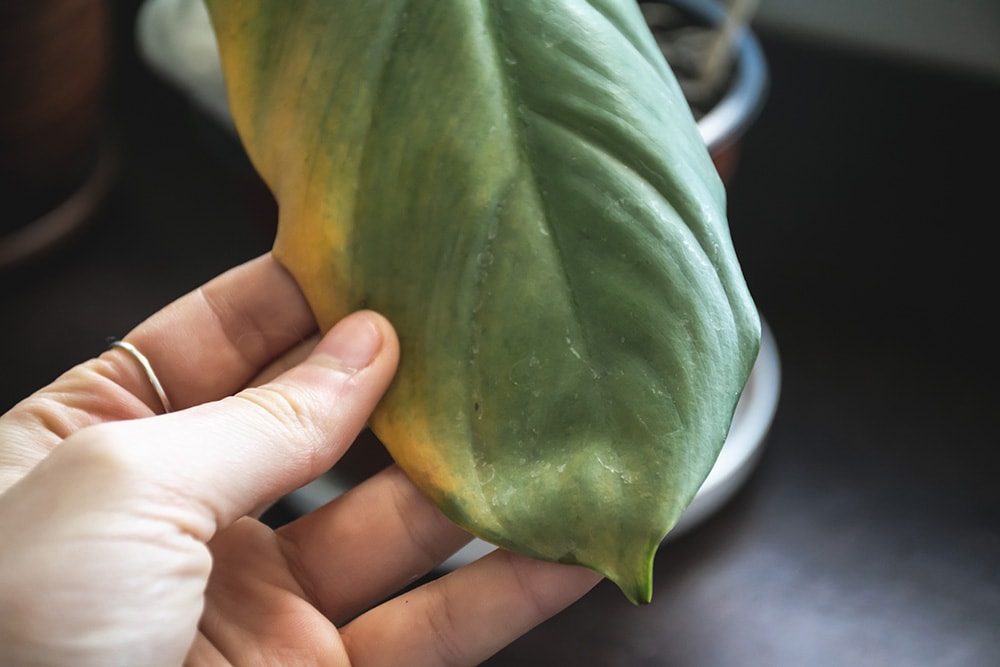
Plants are sensitive, and there are various diseases, pests, and environmental issues that could make your plant feel under the weather. Even the most careful plant owners can experience their plants turning yellow. However, it’s helpful to act fast to help your plant and prevent it from developing severe issues.
For you to be able to react quickly and resolve the problem, you first need to find the cause of your plants turning yellow. This article will provide you with all the possible reasons for yellowing plants and a solution for it so your plant can become healthy and beautiful.
The 11 Reasons Why Plants Turn Yellow
1. Too Much Water
When you overwater your plant, and there’s no good drainage, it can quickly develop an array of issues, leading to yellowing and eventual root rot. The whole plant will look mushy and soft to the touch, while the plant can also develop mold or fungus.
Overwatering can be a challenging issue, sometimes hard to fix. If you notice signs of too much water for your plant, you should stop watering it for a certain amount of time and add a drainage hole to the pot. However, if the symptoms are not disappearing even after that, it’s helpful to check the roots for root rot.
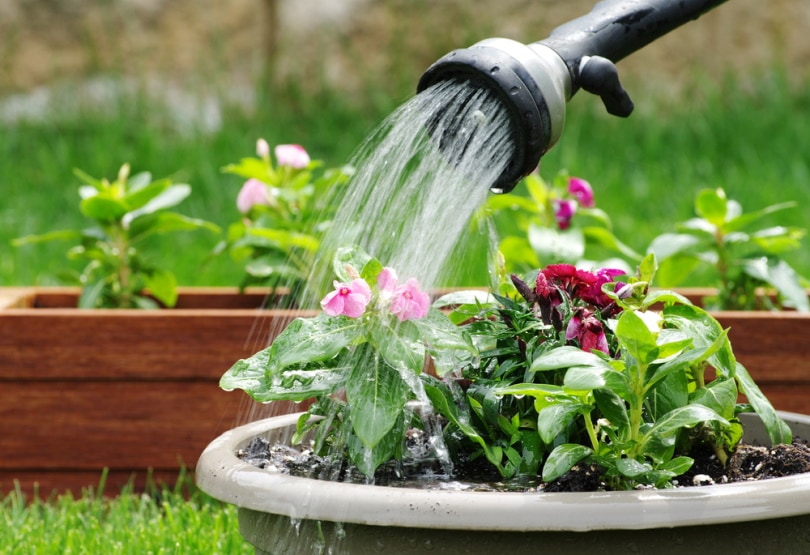
2. Not Enough Water
Similar to the overwatering issue, your plant will become droopy and yellow if it’s not getting enough water.
Other signs of your plant not getting enough water commonly include:
- Dry soil
- Slow growth
- Dead leaves
- Wilting
Luckily, it’s much easier to help an underwatered plant than an overwatered one. If you notice signs of underwatering, all you need to do is water your plant more frequently. It’s better to have more frequent watering with less water and see how your plants react than to pour a lot of water as that could lead to other issues.
3. Root Damage
This is one of the most common problems that can cause your plant to turn yellow. Root damage can occur due to various issues, such as root rot or compacted roots, which can lead to your plant dying. Once the roots are damaged, the plant won’t be able to get enough oxygen, water, and nutrients from the soil, leading to slow yellowing and eventual death.
You can inspect the roots to verify if they cause yellowing issues in your plant. To do that, you’ll need to slide your plant out of the pot and check for signs or damage. Healthy roots will have a yellowish-white color without any smell. However, rotten roots will smell bad, and they will become dark.
Unfortunately, if the roots are entirely rotten and diseased, there’s not much you can do except get a new plant. Still, if there’s root compaction, you can resolve the problem by pruning off unhealthy roots and replanting the plant in fresh soil. Try to improve the soil compaction by amending it and adding perlite or other aerating materials, as that will partially prevent similar problems in the future.
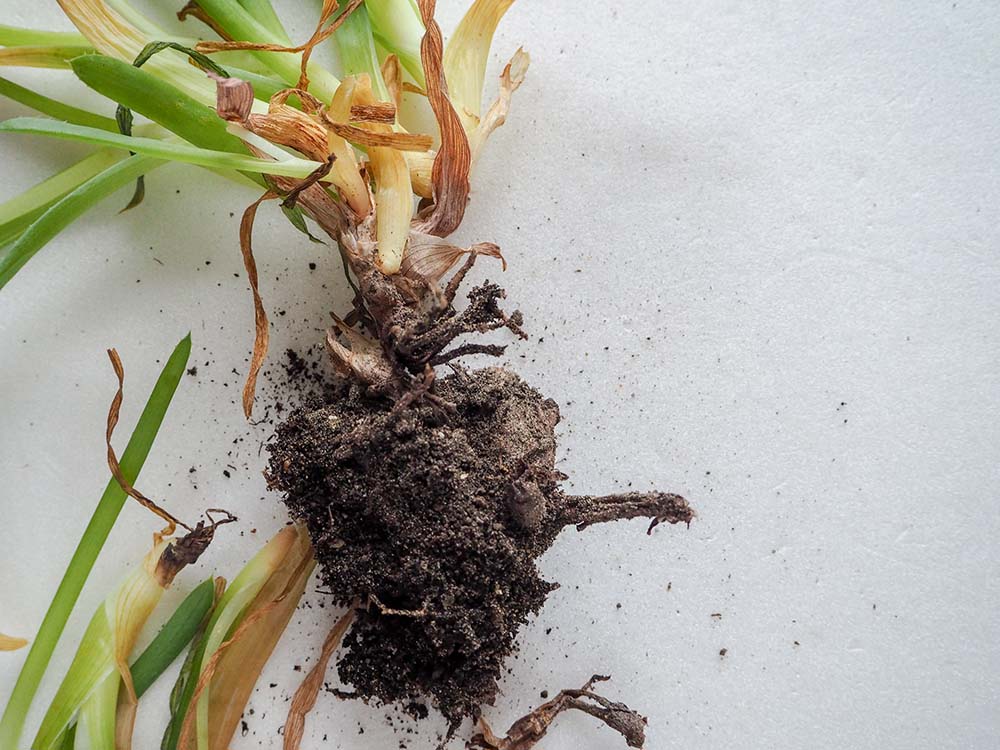
4. Inadequate Soil pH
Plants need adequate soil pH to thrive, and each plant has different requirements for soil pH. When the pH balance disturbs, your plant could slowly turn yellow due to the lack of nutrients, causing more issues with time.
Most plants need soil with neutral or slightly acidic pH, typically between 6 and 7 pH. If the soil pH suddenly increases or declines, the nutrients will become less available, and even fertilization won’t be able to help.
We suggest performing a soil test to identify the pH soil value and other important details. That way, you’ll figure out if the soil is the reason behind your plant yellowing, and the testing provide you with details on what you need to do to restore your soil’s pH balance.
5. Lack of Nutrients
If you’ve already ruled out the possibility of too much watering, root rot, and other issues while your soil pH is adequate, it could mean that your soil has a lack of nutrients making your plant turn yellow.
To grow healthy and strong plants need an array of nutrients, although the most important ones are:
- Nitrogen
- Phosphorus
- Potassium
When there’s not enough of these, your plant won’t get the essential nutrition it needs to thrive.
If a lack of nutrients is a cause of your issue, you should consider fertilization or adding compost to the soil. However, before you start the fertilization process, it’s helpful to know which nutrient is lacking from your soil. To help you identify that better, here is a list of signs commonly connected with a lack of each nutrient we mentioned earlier.
- Nitrogen deficiency: When your plant experiences nitrogen deficiency, the whole plant will start turning yellow, starting with the inner leaves and branches, and slowly spreading throughout the plant.
- Phosphorus deficiency: When your plant experiences phosphorus deficiency, the leaves won’t become yellow. Instead, they will turn dark or become pale if the deficiency is severe.
- Potassium deficiency: When your plant experiences potassium deficiency, the edges of its leaves will turn yellow while the inner sections will remain green.
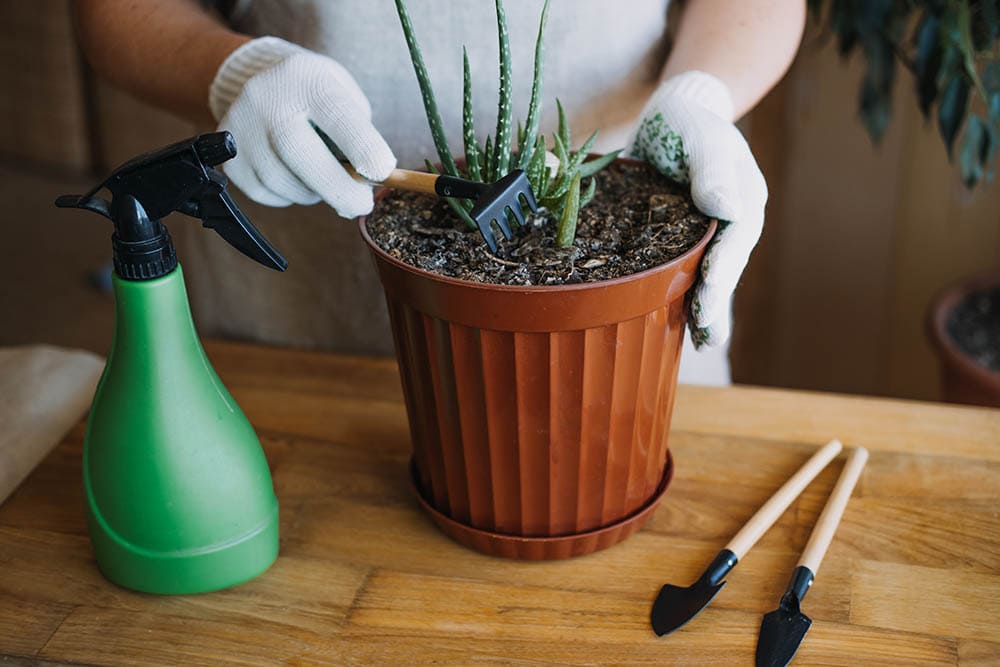
6. Not Enough Light
Another common issue that can cause your plant to turn yellow is that it’s not getting enough light. As you already know, proper lighting is essential for your plants to grow and thrive, so a lack of light can mess with your plants, preventing photosynthesis. Without photosynthesis, the plant will slowly become yellow, and it could slowly die.
If your plant is not getting enough light, you need to move it to a sunnier position or introduce light enhancement that will provide your plant with the light it needs. It would be beneficial to prune any leaves already yellow to prevent them from burning.
7. Temperature
Every plant has a minimal and maximal optimal temperature it can grow in. It could turn yellow when that temperature is disturbed and either too hot or too cold for your plant. Improper temperature issues are especially visible in tropical plants that experience too much cold.
Ensure you get all the details and requirements your plants need to thrive and try to stick to them. If your plant needs a specific temperature to grow, try to respect that and create a suitable environment that your plant will enjoy. That way, it will become healthy again and won’t yellow.
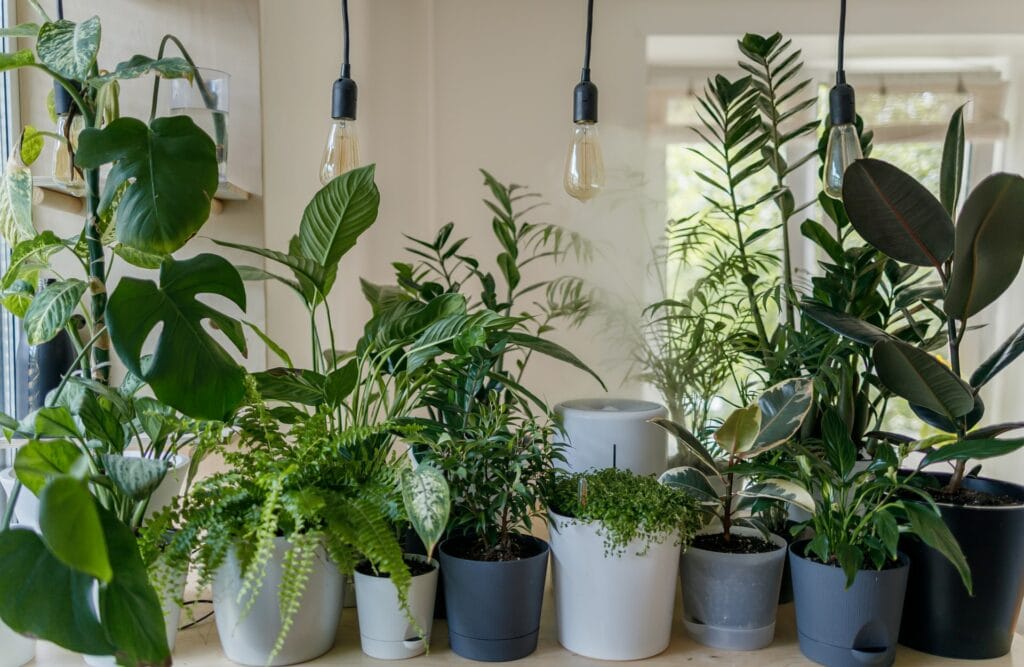
8. Pests
Plants are prone to pests which can cause severe issues, starting with yellowing and leading to your plant dying.
There are various insects that can attack your plant but some of the most common ones are:
- Scale
- Mites
- Thrips
- Aphids
As you cannot see many of them easily, you might not even realize that your plant has pest problems. However, as these insects take away the sap from the plant, its leaves will stipple, turn yellow, and eventually fall off.
When dealing with pest issues, it might be helpful to use pesticides that will kill the insects and help your plant. Depending on the type of pest you’re dealing with, you could investigate other methods to kill them without using chemicals.
9. Too Much Fertilization
Fertilization is a standard process many plant owners engage in, and it’s typically beneficial for your plants. However, some people believe adding more fertilizer than recommended will help their plant thrive faster, which is not the case. Instead, adding too much fertilizer to your plant can prevent it from growing, disturbing its ecosystem and causing the leaves to turn yellow.
First, you should never add too much fertilizer and always stick to instructions on the packaging. Still, if the damage is already done, you can remove any visible fertilizer layers from the soil. It might help to remove yellow and dead plant parts, while you can repot the plant if the situation is extreme.
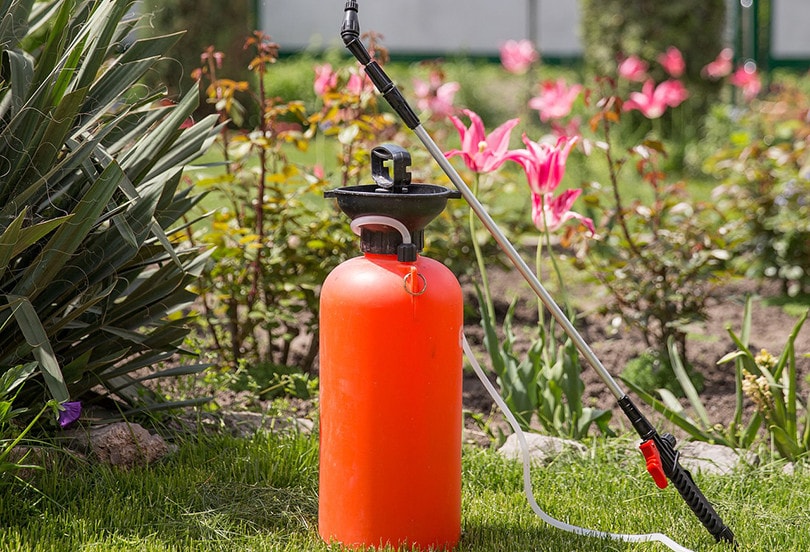
10. Diseases
Similar to pests, plants are also prone to diseases that can cause an array of issues with different symptoms, and yellowing is one of them. As there are various diseases, you need to learn how to recognize their signs to treat them in time. Here are some of the most common plant diseases that cause yellowing:
- Granville wilt: Yellowing, root decay, stunting
- Citrus stubborn disease: Wilting, yellowing of the leaves, chlorosis
- Leaf rust: Yellow leaves
There are other diseases as well, so if you notice one, it might be helpful to consult an expert to figure out which disease you’re dealing with.
Once you know the type of disease you’re dealing with, it will be much easier to fix. While some diseases might need fungicides or other chemicals, others might require different methods to help your plant. It’s best to consult an expert to get an opinion about treatment with the best results.
11. Aging
While people develop wrinkles with age, plants can get yellow leaves as a sign of aging. When that happens, there’s nothing to worry about as it’s a natural process, and this will eventually happen to all plants. That doesn’t mean that your plant is ill or that there’s an issue, but that it’s simply growing, which is completely normal.
As this is not an actual disease or a problem but a natural occurrence, there’s not much you can do about it. However, if you’d like, you can prune off the yellow leaves or trim the main stem, which will promote the growth of new stems.
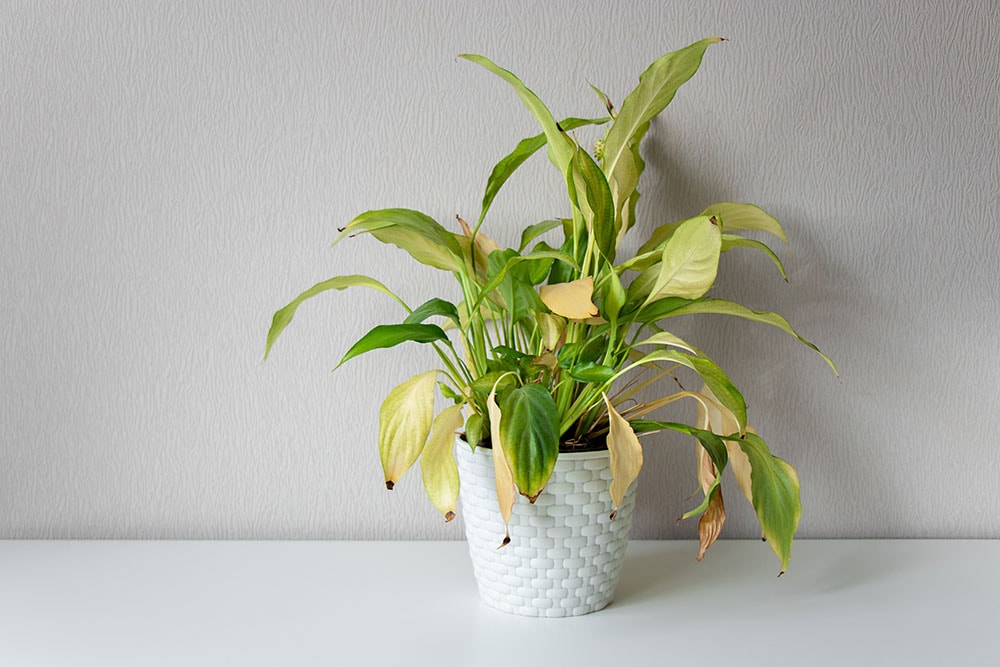
Conclusion
As there are various reasons why your plant is turning yellow, you must act quickly if you notice yellowness to find the actual cause. Once you do, you’ll be able to treat the condition, help your plant, and prevent this problem from occurring again.
Thankfully, most of the issues are easy to fix, and your plant won’t suffer further damage, but some problems, such as root rot, can, unfortunately, cause death, which is why you should be careful and act fast.
- “WHY PLANT LEAVES TURN YELLOW AND HOW TO FIX THEM”
- “Why are my plants turning yellow?”
- “Yellow Plant Leaves: Find Out Why Plant Leaves Turn Yellow”
- “5 Reasons Your Plant’s Leaves Are Turning Yellow & What To Do About It”
- “8 Reasons Plant Leaves Turn Yellow”
- “6 Common Causes for Yellowing Leaves on Houseplants”
- “Solved! What Your Plants’ Yellow Leaves Mean, and How to Fix Them”
- “Yellow leaves: 4 reasons why your plant’s leaves are turning yellow, and how to fix it”
Featured Image Credit: Amverlly, Shutterstock
Contents
